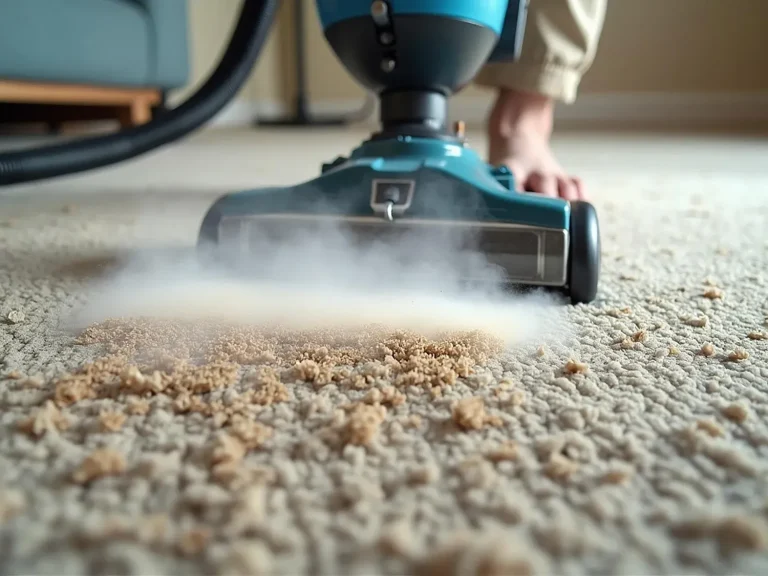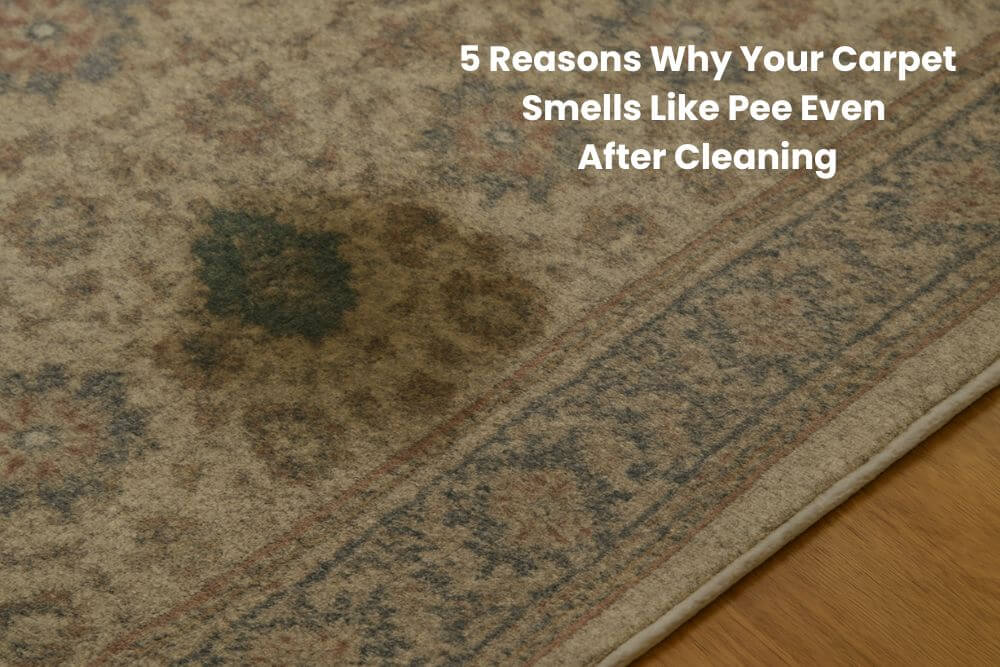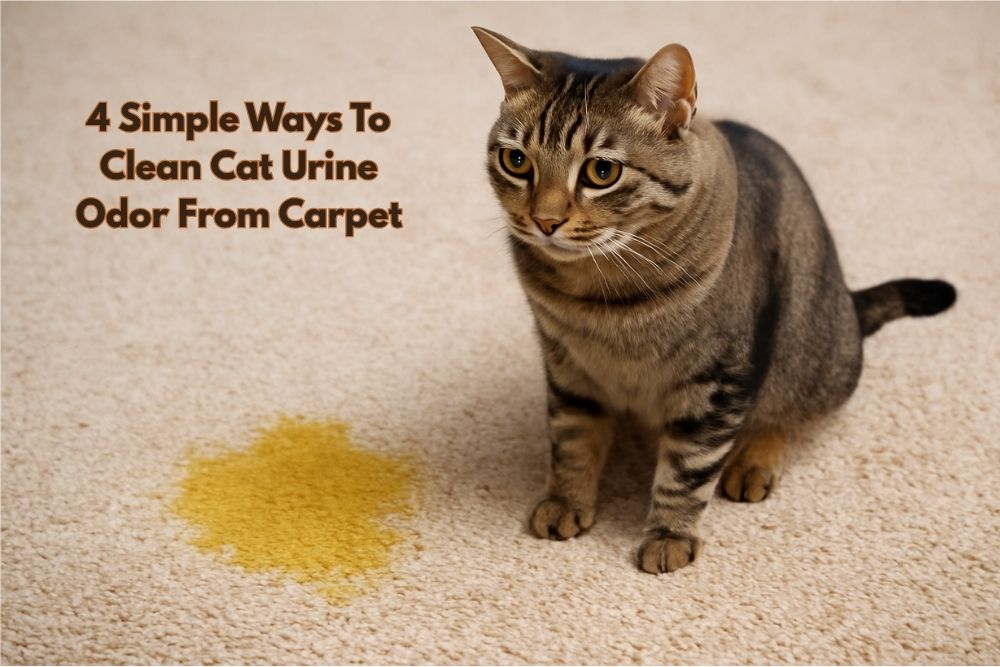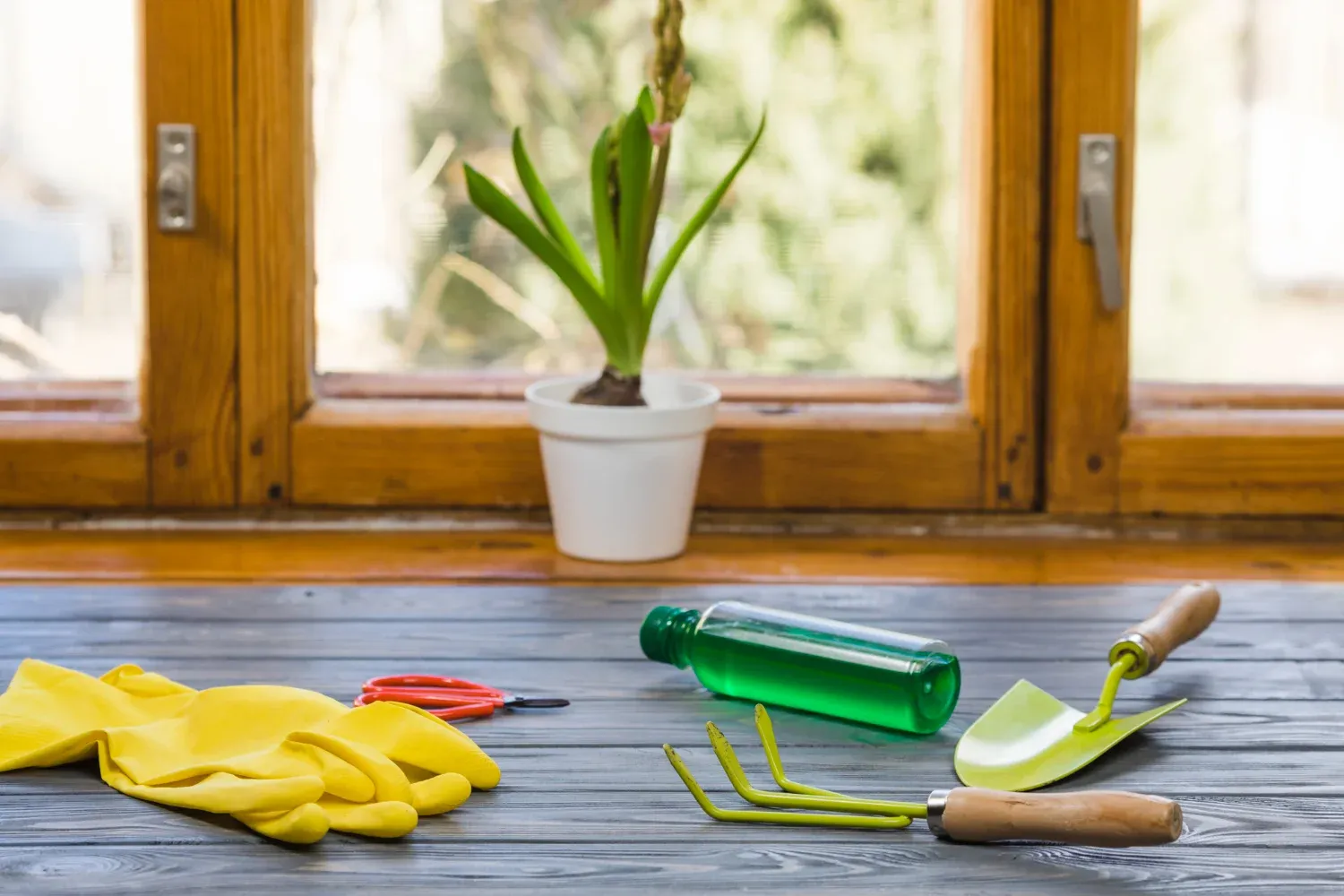Carpets are a significant investment in our homes, offering comfort and style, but they can also trap dirt, stains, and odors over time. You don’t need to rely on expensive or harsh chemical cleaners to keep your carpets looking and smelling fresh. Many practical, eco-friendly deep carpet cleaning solutions can be made with simple ingredients you already have in your kitchen. In this comprehensive guide, we delve into five DIY carpet cleaning recipes that are budget-friendly, safe for your family, and gentle on the environment.
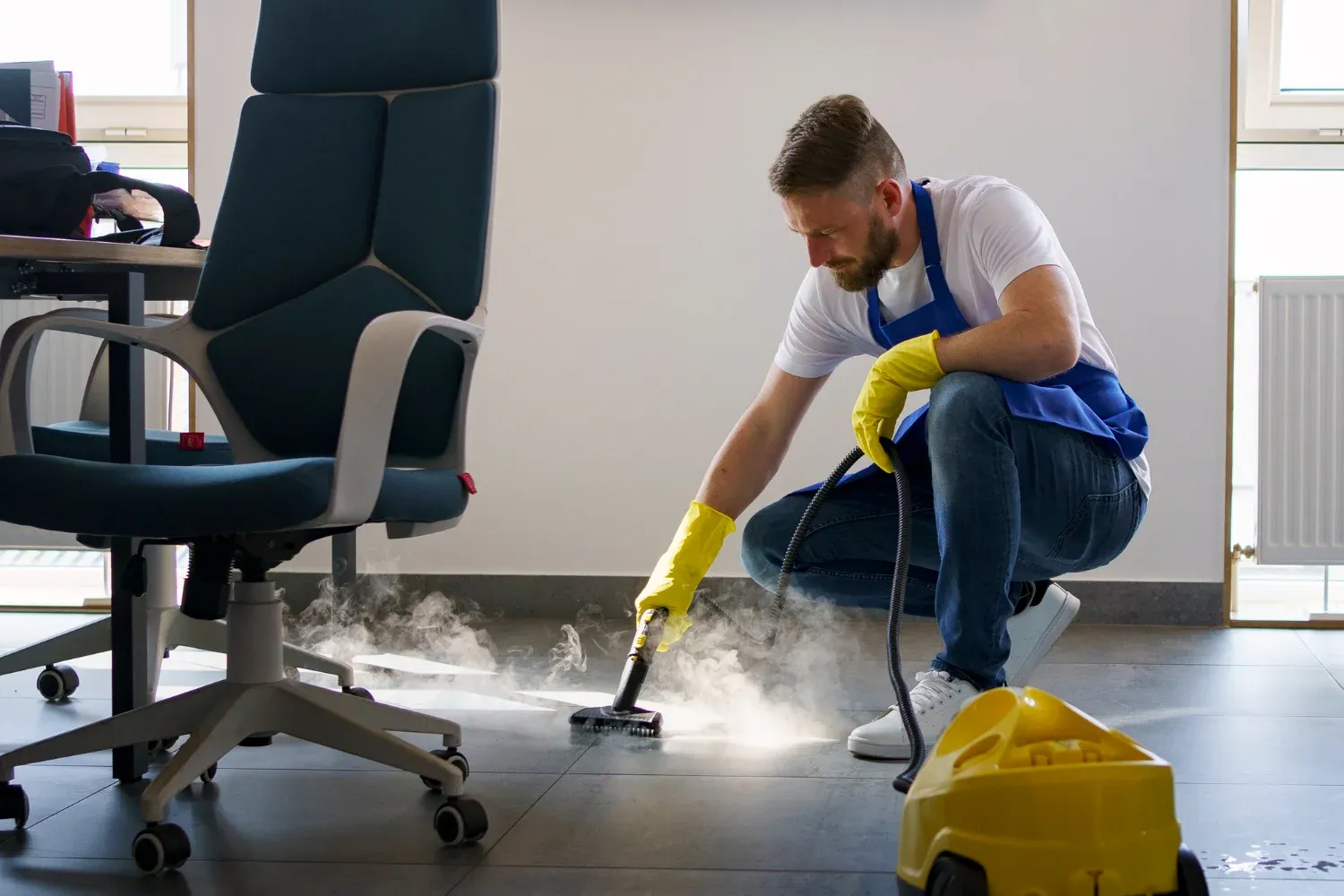
Baking Soda and Vinegar Solution
Ingredients:
- 1 cup baking soda (sodium bicarbonate)
- 1 cup white vinegar (acetic acid)
- 1 cup water
Instructions
Follow these detailed steps to apply each homemade carpet cleaning process effectively. Carefully adhere to the mixing ratios and application techniques to achieve the best results for a fresh and spotless carpet.
Mix Ingredients
Mix 1 cup of baking soda and 1 cup of water in a bowl. Stir until the mixture forms a paste. Baking soda is renowned for its ability to neutralize odors and its mild abrasive action, making it perfect for tackling dirt and grime embedded in carpet fibers.
Apply Paste
Apply the paste directly to the stained area of your carpet. Use a spatula or your fingers to spread it evenly over the stain. The paste will help to lift and absorb the stain, making it easier to remove.
Add Vinegar
Pour 1 cup of white vinegar over the paste. The vinegar will react with the baking soda to produce a fizzing reaction. This reaction is crucial as it helps break down the stain and lift it from the carpet fibers.
Scrub and Rinse
Gently scrub the area with a soft brush or cloth. This agitation helps to lift the stain from the carpet. After scrubbing, blot the area with a clean, damp cloth to remove any remaining residue and excess cleaning solution.
Vacuum
Allow the carpet to dry completely before vacuuming. Vacuuming helps to remove any remaining particles and fluff up the carpet fibers, restoring their texture and appearance.
Why Does It Work?
Baking soda’s natural deodorizing and abrasive qualities make it a powerful cleaning agent, while vinegar’s acidity helps to dissolve stains and residues. They create a powerful, non-toxic solution that cleans and refreshes your carpets.
Additional Tips
For added effectiveness, you can use a soft-bristled brush to work the paste deeper into the carpet fibers, primarily for set-in stains.
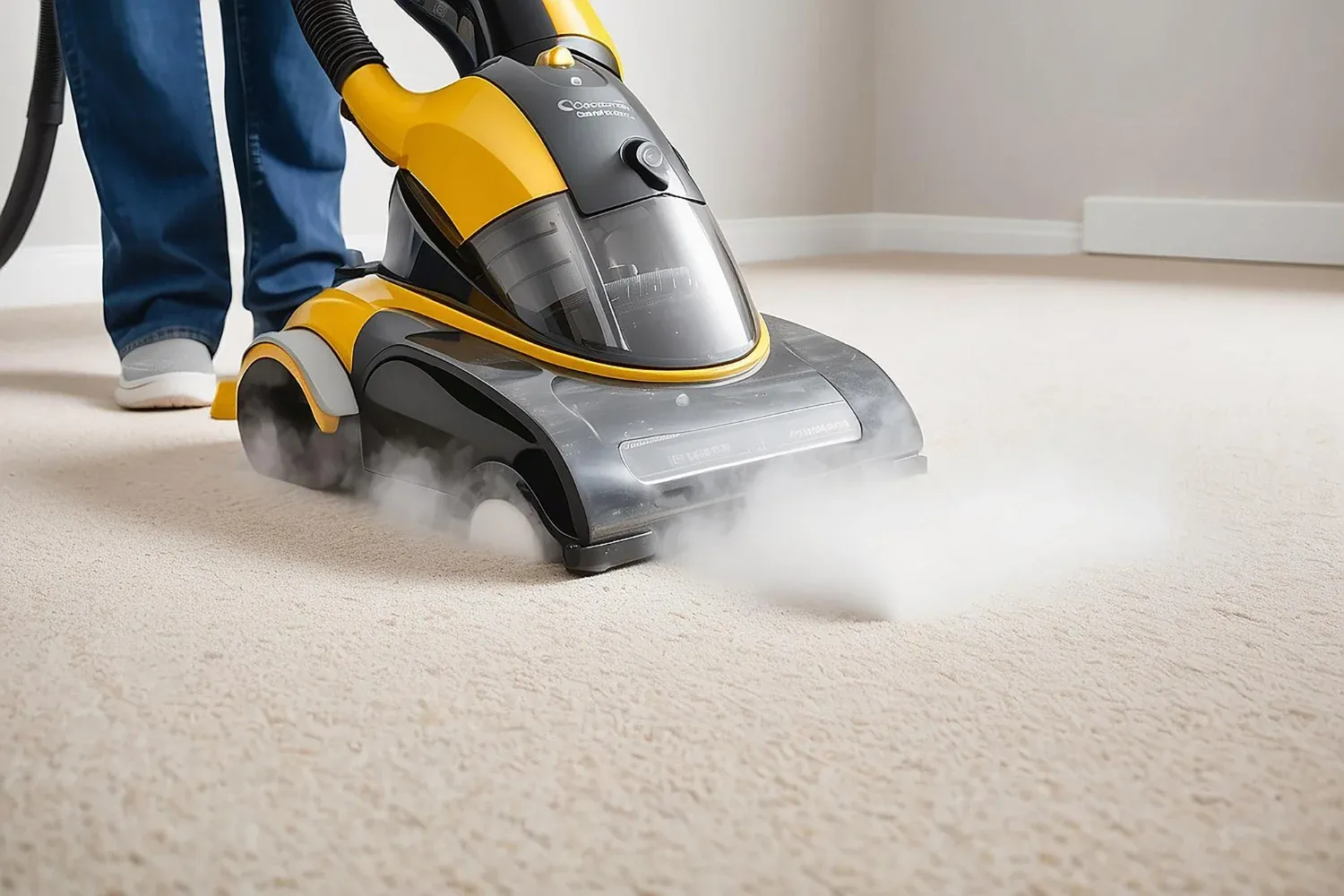
Lemon Juice and Salt Solution
Ingredients:
- 1/2 cup lemon juice (citrus acid)
- 1/2 cup salt (sodium chloride)
Instructions
Adhere to these detailed instructions to apply each homemade carpet cleaner effectively. Precision in mixing and application is critical to ensuring a spotless and fresh carpet.
Mix Ingredients
Combine 1/2 cup of lemon juice with 1/2 cup of salt in a bowl. Stir to form a thick paste. Lemon juice’s natural acidity helps to break down stains, while salt acts as a mild abrasive that assists in lifting the stain from the carpet.
Apply Paste
Spread the paste generously over the stained area of your carpet. The lemon juice will penetrate the stain, and the salt will help to scrub and lift it from the fibers.
Let It Sit
Allow the paste to sit for 15-20 minutes. During this time, the lemon juice dissolves the stain, and the salt absorbs it. This soaking period is crucial for stubborn stains.
Scrub and Rinse
After the paste has been set, gently scrub the area with a soft brush or cloth. Blot with a damp cloth to lift the paste and remove any loosened stain. Rinse the area thoroughly with cool water to remove any remaining residue.
Vacuum
Once the carpet is completely dry, vacuum to remove any remaining salt and restore the carpet’s texture. Vacuuming will help to bring the carpet fibers back to their original state and remove any lingering particles.
Why Does It Work?
Lemon juice is a natural cleaner with bleaching properties that help to break down and lift stains. Salt provides a gentle abrasive action that helps scrub the paint away without damaging the carpet.
Additional Tips
For a fresh and clean scent, mix a few drops of essential oil, such as lavender or lemon, with the lemon juice before applying the paste.
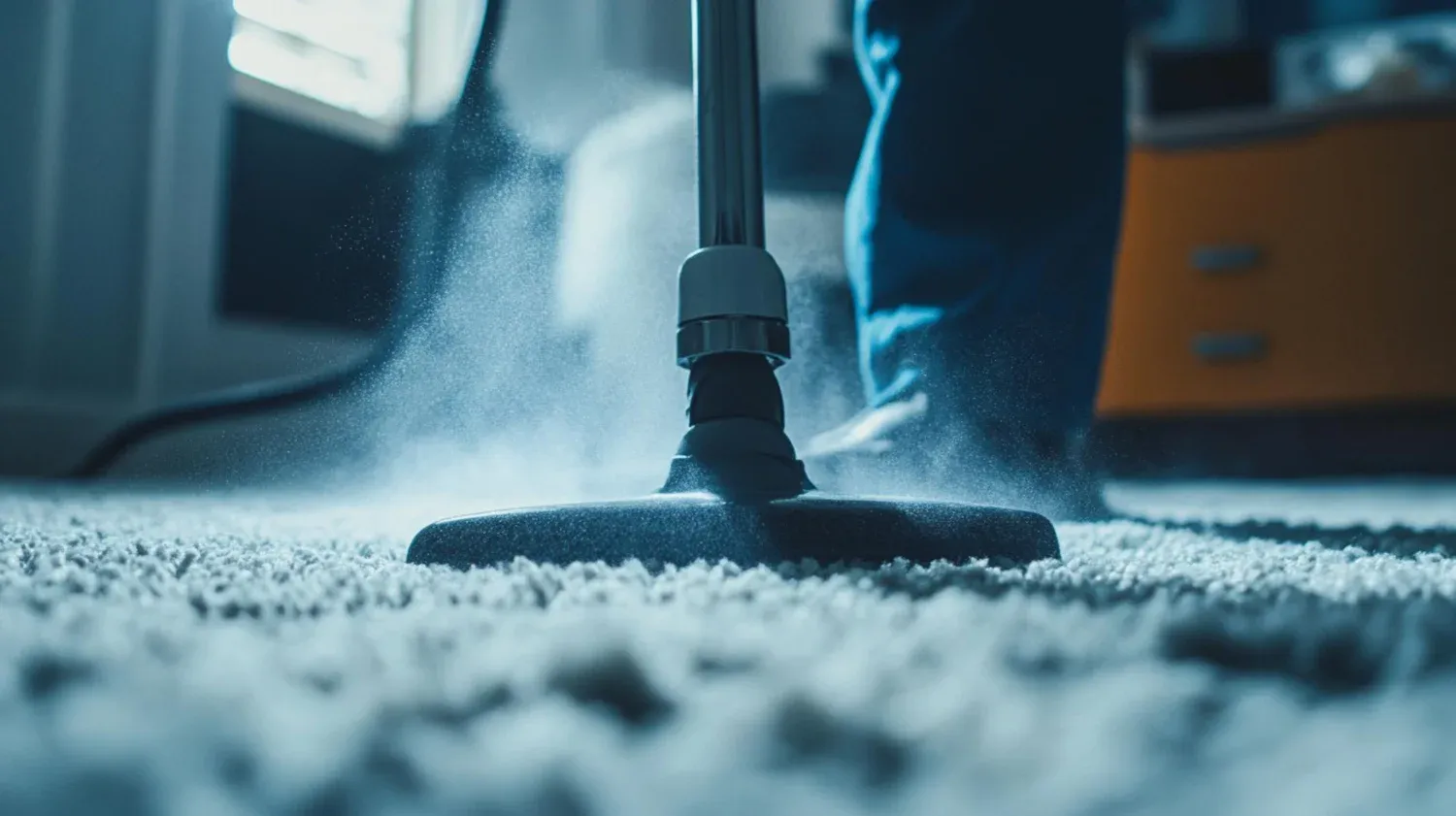
Hydrogen Peroxide and Dish Soap Solution
Ingredients:
- 1/2 cup hydrogen peroxide (3% solution)
- 1 tablespoon dish soap (mild detergent)
- 1/2 cup warm water
Instructions
Use the following steps to apply each DIY carpet cleaning solution correctly. Follow the precise mixing ratios and application methods for optimal results and a beautifully clean carpet.
Mix Ingredients
Combine 1/2 cup of hydrogen peroxide with one tablespoon of dish soap and 1/2 cup of warm water in a spray bottle. Hydrogen peroxide is a powerful stain remover and disinfectant, while dish soap helps to break down grease and grime.
Spray Solution
Generously spray the solution onto the stained area of your carpet. The hydrogen peroxide will start to break down the stain, and the dish soap will help lift it from the fibers.
Let It Sit
Allow the solution to sit for about 10 minutes. This waiting period allows the cleaning agents to penetrate and loosen the stain from the carpet fibers.
Blot and Rinse
Blot the area with a clean cloth to lift the stain and excess solution. Rinse the area with cool water to remove any remaining residue and cleaning agents.
Vacuum
Once the carpet is dry, vacuum to restore its texture and remove any remaining cleaning solution. This will help to fluff the carpet fibers and ensure a clean finish.
Why Does It Work?
Hydrogen peroxide is a mild bleach that effectively breaks down stains and disinfects, while dish soap cuts through grease and grime. Together, they create a powerful yet gentle solution for carpet cleaning.
Additional Tips
Always test the solution on a small, inconspicuous area of the carpet first to ensure it does not cause discoloration or damage.
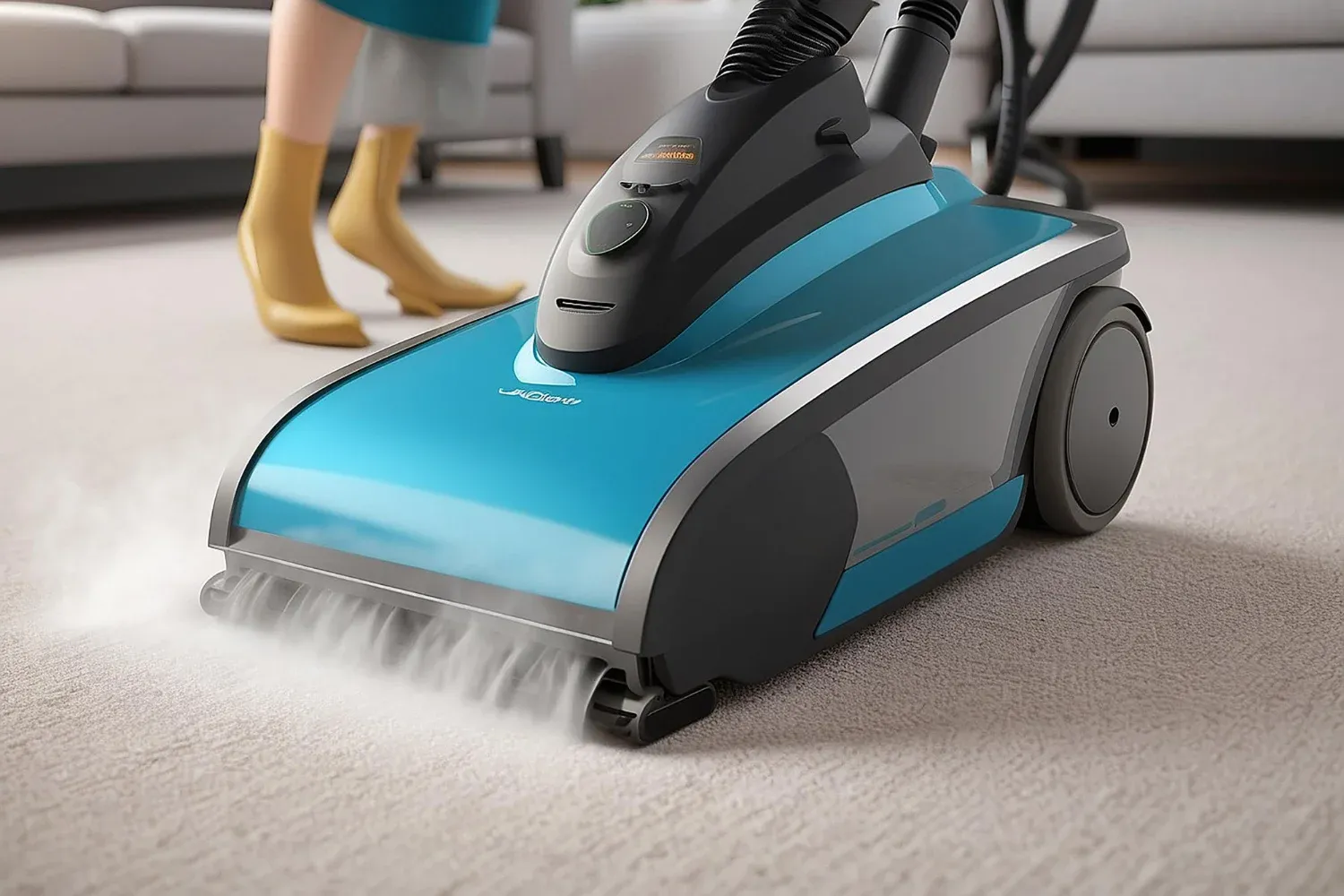
Essential Oils and Baking Soda Solution
Ingredients:
- 1 cup baking soda (sodium bicarbonate)
- 10-15 drops of essential oil (such as lavender, tea tree, or eucalyptus)
Instructions
Carefully follow these steps to apply each homemade carpet cleaning remedy effectively. Adhering to the correct mixing proportions and application methods will ensure your carpet is left fresh and spotless.
Mix Ingredients
Combine 1 cup of baking soda in a bowl with 10-15 drops of your preferred essential oil. Essential oils add a pleasant fragrance and provide additional cleaning properties. Popular choices include lavender for relaxation, tea tree for its antimicrobial properties, and eucalyptus for its fresh scent.
Apply to Carpet
Sprinkle the mixture evenly over the carpet, focusing on areas that need deodorizing or where odors are present. The baking soda will absorb odors, while the essential oils add a fresh and clean scent.
Let It Sit
Allow the mixture to sit for at least 15 minutes. This time allows the baking soda to absorb odors and the essential oils to infuse the carpet with fragrance.
Vacuum
Thoroughly vacuum the carpet to remove the baking soda and any absorbed odors. This step ensures that the carpet is left fresh and residue-free.
Why Does It Work?
Baking soda’s ability to absorb odors combined with the natural antibacterial properties of essential oils makes this solution an effective and pleasant way to freshen up your carpets.
Additional Tips
For a more thorough cleaning, you can mix the baking soda with a small amount of water to form a paste before applying it to the carpet.

Cornstarch and Vinegar Solution
Ingredients:
- 1/2 cup cornstarch (corn flour)
- 1/2 cup white vinegar (acetic acid)
- 1 cup warm water
Instructions
Implement these thorough instructions to make the most of each DIY carpet cleaning solution. Accurate mixing and proper application are essential for maintaining a clean and fresh carpet.
Mix Ingredients
Combine 1/2 cup of cornstarch, 1/2 cup of white vinegar, and 1 cup of warm water in a bowl. Cornstarch is excellent for absorbing grease and dirt, while vinegar helps clean and refresh the carpet.
Apply Solution
Apply the mixture to the stained or soiled area of your carpet. Use a sponge or cloth to spread evenly and work it into the carpet fibers.
Let It Sit
Allow the solution to dry completely. This may take several hours or overnight, depending on the size of the stain and the amount of moisture. As the solution dries, it absorbs the dirt and grease from the carpet.
Vacuum
Once the solution is dry, vacuum the carpet to remove the cornstarch residue and any trapped dirt. This final step helps to restore the carpet’s texture and remove any lingering particles.
Why Does It Work?
Cornstarch effectively absorbs oils and dirt, making it ideal for greasy stains. Vinegar enhances the cleaning power and helps refresh the carpet fibers.
Additional Tip
Add a few drops of essential oil to the vinegar before mixing the solution for extra stain-fighting power.
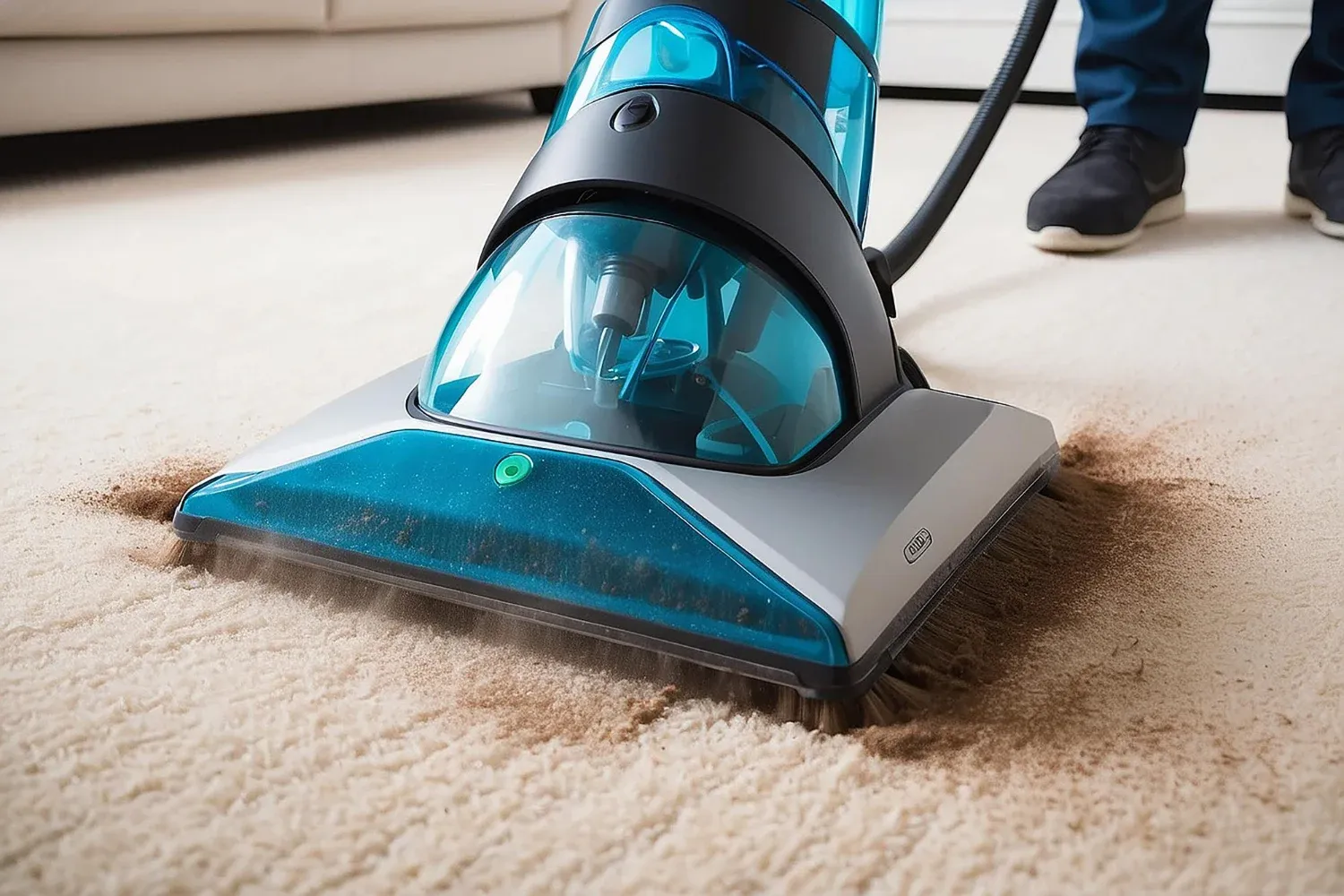
Conclusion
Ready to transform your carpets with a natural touch? These DIY deep carpet cleaning solutions are budget-friendly and practical, offering a fresh alternative to chemical-laden products. By harnessing the power of everyday ingredients like baking soda, vinegar, lemon juice, and essential oils, you can easily tackle stains and odors, tailoring each recipe to meet your specific cleaning needs.
Try these homemade cleaners, and let us know how they worked for you in the comments below. Whether tackling tough stains or refreshing your carpets, these DIY solutions are your ticket to a cleaner, healthier home.

